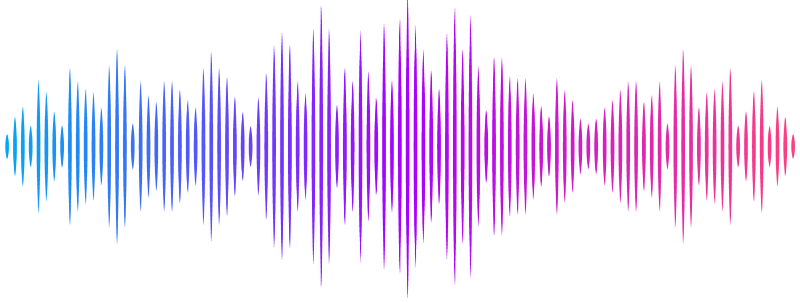Editing of the polyubiquitin architecture on the collided ribosome maintains persistent RQC activity

Editing of the polyubiquitin architecture on the collided ribosome maintains persistent RQC activity
Tomomatsu, S.; Matsuo, Y.; Ohtake, F.; Tomita, T.; Saeki, Y.; Inada, T.
AbstractIn Ribosome-associated Quality Control (RQC), K63-linked polyubiquitination of uS10 on the stalled ribosome is crucial for recruiting the RQC-trigger (RQT) complex. However, the mechanisms governing the maintenance and recycling of polyubiquitin architecture on colliding ribosomes remain unclear. Here we demonstrate that two deubiquitinating enzymes (DUBs), Ubp2 and Ubp3, play key roles in editing and recycling polyubiquitin chains on uS10, thereby contributing to the promotion of RQC activity. Specifically, Ubp2 eliminates the K63-linked polyubiquitin chain from uS10 on the free 40S subunit for recycling, while Ubp3 predominantly cleaves the K48-linked di-ubiquitin and the K48/K63-mixed-linkage poly-ubiquitin chain from uS10 on the translating ribosomes. Notably, we further demonstrate that the ubiquitin chains containing K48-linkage of the uS10 on the colliding ribosome act as a negative signal for the RQT-mediated ribosome dissociation process. Collectively, our findings clarify the ubiquitin code in RQC and define the positive functions of these two DUBs in maintaining the persistent RQC activity.